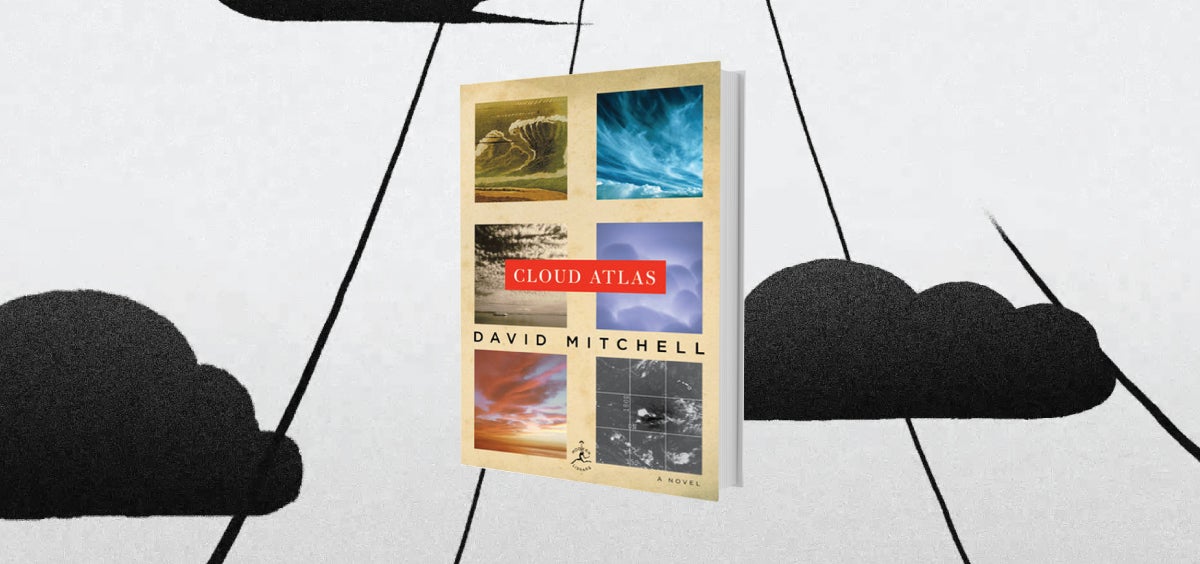Computer science helped shape the way I think about the world.
Cloud Atlas is a wonderful book that is hard to describe. I can tell you that it is a touching and clever novel about moral choices. It explores how self-centered and bad people can be, but also how supportive and good people can be. Yet if you haven’t already read it (it came out in 2004) or seen the movie with Tom Hanks and Halle Berry, I suspect that my summary of the plot will make it sound quite strange.
Written by the British author David Mitchell, Cloud Atlas is made up of six inter-related stories set in different times and places. One involves a young American doctor on a sailing ship in the South Pacific in the mid-1800s. Another—a very funny story about an editor caught up with gangsters—is set in London in the 2000s. Two are set in the future, one after an apocalypse has set civilization back to something like the Stone Age and people speak in a distinctive way. (“Most yarnin’s got a bit o’ true, some yarnin’s got some true, an’ a few yarnin’s got a lot o’ true.”)
In each story, at least one character is the reincarnation of someone from a previous story. Mitchell doesn’t come out and tell you that explicitly, though. He reveals it through hints, including a recurring birthmark that shows up on different characters. Although I think you could enjoy the novel without worrying too much about what this means, it’s fun to try to catch all the connections in the different stories.
“The novel has a mind-bending nested structure.”
Just to complicate things even more, the novel has a mind-bending nested structure. I had never come across anything quite like it in a book before. Most of the stories are split into two parts. You read part of the first story, and then at an important turning point, the book suddenly jumps mid-sentence to the next story. After a while, the second one switches unexpectedly to a third tale, and so on. Eventually, they pick up in reverse order, so the last thing you read is the conclusion of the story you started on page 1.
You might be tempted to quit reading the book if a new story does not grab you right away. I was a bit worried when the setting switched from the South Pacific to something about a young musician in 1930s Belgium—the first part had been so compelling, I wanted to know what happened. But Mitchell does such a great job of capturing the different worlds and the characters’ inner voices that I never wanted to stop reading. And I was eager to see how he would connect each story to the ones that came before.
In a way, what the stories have in common is just as important as what makes them different. This is a grand tale about human nature and human values—the things that change and the things that don’t, over hundreds or even thousands of years.
I wish I could remember who recommended Cloud Atlas to me, because it’s the kind of book you’ll want to discuss with someone else. I’m sure that I didn’t catch everything going on—reading it is a bit like putting together a puzzle—and I’m hoping to persuade Melinda or a friend to pick it up so we can share the different pieces of the puzzle that we figured out. You’ll think and talk about Cloud Atlas for a long time after you finish reading.





